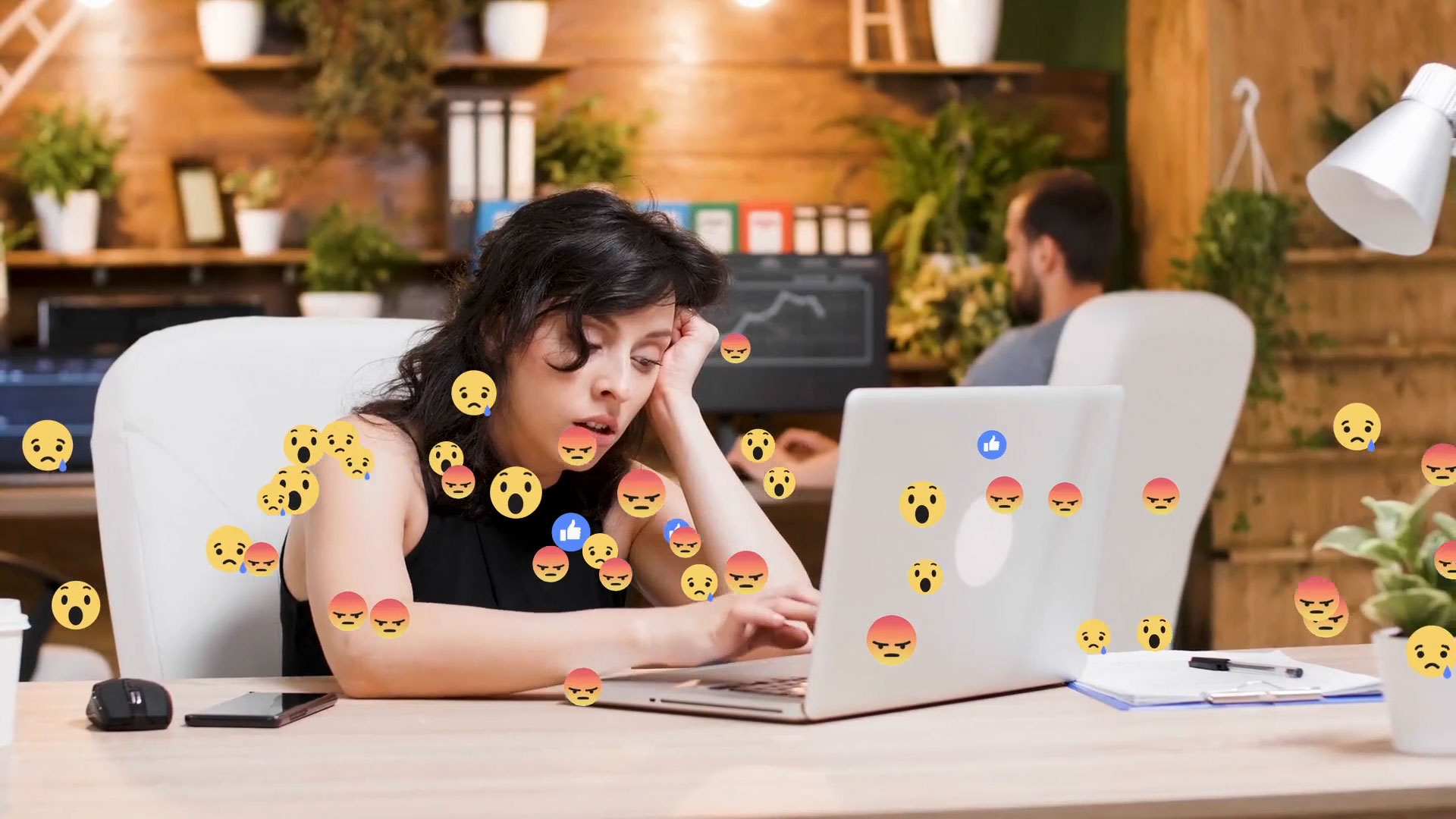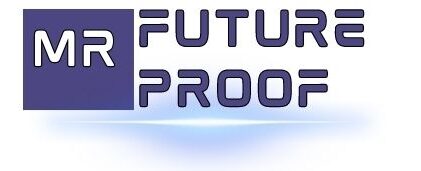Gamification is transforming education through the power of play. As the use of game elements in non-game contexts continues to grow, educators are finding new and exciting ways to engage students and enhance learning outcomes.
By incorporating game mechanics such as competition, rewards, and feedback, educators are creating immersive learning experiences that foster collaboration, critical thinking, and creativity. This approach is particularly effective with the use of digital tools and technologies, as it allows for personalized learning, real-time feedback, and anytime-anywhere access.
However, while gamification has proven to be highly effective in many educational settings, it is important to carefully consider the design and implementation of these programs to ensure they align with learning objectives and promote positive learning outcomes. In this article, we will explore the power of gamification in education and its potential to revolutionize the way we teach and learn.

Credit: www.businesswire.com
The Benefits Of Gamification In Education
Gamification is a buzzing term that has taken the education industry by storm. Incorporating gaming elements into the learning experience can enhance student motivation, engagement, and retention. From personalized learning to better problem-solving abilities, let’s take a closer look at the benefits of gamification in education.
Enhancing Motivation And Engagement In Learning
Gamification creates a fun and interactive learning environment that instantly captures a student’s attention. Some of the key benefits of gamification in education include:
- Provides immediate feedback: Students receive instant feedback on their progress, which motivates them to continue learning.
- Rewards success: Students earn rewards for their achievements, motivating them to work harder and take ownership of their learning.
- Creates friendly competition: Gamification allows students to compete with their peers, which motivates them to work harder and learn more.
Increasing Retention And Long-Term Memory
Gamification can also enhance long-term memory retention. Some benefits include:
- Encourages spaced repetition: Games often incorporate the concept of “spaced repetition,” where students review concepts at optimal intervals to help them memorize the material better.
- Provides interactive and hands-on learning: Gamification creates a hands-on and interactive learning environment, which can improve memory retention.
- Helps in studying complex concepts: Games can help to represent complex ideas or processes in a visually appealing manner, making it easier for students to understand and remember.
Personalizing Learning To The Individual
One of the most significant benefits of gamification in education is its ability to personalize learning to the individual student. Advantages that come with this include:
- Adjusting content to students’ levels: Gamification can adjust the difficulty of the content to meet the individual student’s skill level, making learning more effective and efficient.
- Incorporating personal interests: Games can incorporate a student’s interests, making learning more personalized and enjoyable.
- Tracking progress and tailoring content: Gamification allows for the tracking of students’ progress, allowing for the creation of tailored content and learning experiences.
Encouraging Creativity And Problem-Solving Skills
Games often require players to be creative and think critically, which makes gamification in education an excellent tool for developing problem-solving skills. Some other benefits include:
- Encouraging experimentation: Games allow students to experiment with different solutions and approaches to problems, fostering creativity and encouraging problem-solving skills.
- Providing a low-stakes environment: Gamification provides a low-stakes environment for students to practice critical thinking and problem-solving.
- Reinforcing positive behaviors: Games often reinforce positive behaviors, such as teamwork and perseverance, which can help students build valuable life skills.
Gamification in education has revolutionized the way we learn by providing an interactive, personalized, and engaging experience for students. By enhancing motivation and engagement, increasing retention, personalizing learning to the individual, and encouraging creativity and problem-solving skills, gamification is an effective tool that educators can use to inspire students to reach their full potential.
Examples Of Gamification In Practice
The Power Of Play: How Gamification Is Revolutionizing Education
Gamification in education has been gaining traction in recent years, and for good reason. By introducing gaming elements to learning, educators have discovered that students are more engaged, motivated, and retain information better. We’ll explore some examples of gamification in practice, look at gamification in different subjects and levels of education, and discover some useful tools and resources for educators who want to implement gamification in their classrooms.
Case Studies Of Successful Gamification In Education
Gamification has proven to be a powerful tool in education, with some impressive results to show for it. Here are some case studies of successful gamification in education:
- Duolingo: This language-learning platform uses gamification elements like rewards, progress bars, and streaks to motivate learners to stick with their lessons. As a result, duolingo has become one of the most popular language-learning tools in the world, with millions of active users.
- Kahoot! : This interactive quiz tool transforms traditional testing into a game. Students compete against each other to answer questions, with points awarded for correct answers and speed. Kahoot! Has been shown to increase student engagement and motivation, as well as improve learning outcomes.
- Classcraft: This role-playing game turns the classroom into an adventure. Students create their own characters and work together to complete quests and challenges. Classcraft has been shown to improve classroom behavior, engagement, and academic performance.
Gamification In Different Subjects And Levels Of Education
Gamification is versatile and can be used in various subjects and levels of education. Here are some examples:
- Math: Math games like prodigy, dragonbox, and mathletics make learning algebra, geometry, and other mathematical concepts a fun experience.
- Science: Chemcaper, happy atoms, and phyphox are some of the science games that enable students to conduct virtual experiments and learn scientific theories in an engaging way.
- Language arts: Storybird, toontastic, and book creator are some of the storytelling tools that can engage students in reading, writing, and communication activities.
- Elementary school: Games like minecraft education, tynker, and scratchjr provide opportunities for young students to learn coding, design thinking, and problem-solving skills in a playful environment.
Tools And Resources For Implementing Gamification In The Classroom
Implementing gamification in the classroom doesn’t have to be complicated. Here are some useful tools and resources for educators who want to get started:
- Classcraft: This role-playing game comes with a comprehensive teacher dashboard that allows for easy management of quests, rewards, and student progress.
- Kahoot! : This interactive quiz tool has a vast library of quizzes created by educators from around the world, making it effortless to find quizzes that match your lesson content.
- Breakout edu: This platform offers a variety of educational games and puzzles that promote critical thinking, creativity, and collaboration.
- Champs classroom management: This system outlines a proactive approach to classroom management that aligns with gamification principles, helping educators create a positive and engaging classroom culture.
Gamification is a powerful tool that can revolutionize education by making learning more engaging, fun, and effective. By exploring some examples of gamification in practice, looking at gamification in different subjects and levels of education, and discovering some useful tools and resources for educators, we hope to inspire more teachers to incorporate gamification in their classrooms.
Challenges And Limitations Of Gamification In Education
The use of gamification in education has increased significantly over the last decade. Gamification has revolutionized the learning experience, making it more engaging and interactive. However, it is not without its challenges and limitations. In this section, we will explore some of the key issues that arise when using gamification in education.
Ethical And Privacy Concerns Of Using Data-Driven Gamification
Data is an essential component of gamification. It provides insights into student’s learning styles, progress, and performance. However, data collection and usage raise significant ethical and privacy concerns.
- Students’ privacy should be respected, and their data should be protected.
- Data collection should be minimized to what is necessary to achieve learning goals.
Balancing Fun And Learning Outcomes
Gamification should not be solely focused on providing an enjoyable experience. It should balance the fun and learning outcomes to achieve educational goals.
- Games must be relevant to the learning topic and aligned with learning outcomes.
- The challenges in games should be pitched at an appropriate level and build upon the students’ prior knowledge.
Addressing The Digital Divide And Accessibility Issues
Gamification relies heavily on technology. This creates a challenge for students and teachers who do not have access to the required technology.
- Teachers should ensure learning experiences are inclusive and consider ways to make technology accessible to all.
- Finding alternative ways of learning for those who do not have access to technology should be a priority.
Potential Over-Reliance On Gamification And Technology
While gamification can be an effective learning strategy, an over-reliance on this technique can be detrimental.
- The role of gamification in education should be balanced with other traditional methods of teaching.
- Teachers should be mindful of how much time is spent on games and ensure there is a variety of learning strategies.
While gamification has transformed the learning experience and made it more enjoyable and interactive, challenges and limitations exist. Teachers and educators need to find a balance between gamification’s benefits and the potential issues that come with it. Adhering to ethical guidelines, considering student accessibility, finding appropriate balance and monitoring gamification’s use are therefore essential steps towards achieving our educational goals.
Frequently Asked Questions For The Power Of Play: How Gamification Is Revolutionizing Education
What Is Gamification In Education?
Gamification is the use of gaming elements in non-gaming contexts to enhance learning experiences.
How Does Gamification Make Learning Fun?
Gamification makes learning fun by using game elements like points, badges, and levels to create engaging and interactive learning experiences.
Can Gamification Improve Student Performance?
Yes, gamification can improve student performance by increasing motivation, engagement, and retention of the material being taught.
Conclusion
It’s clear that gamification has immense potential to revolutionize education. By adding game elements to learning, educators can help students stay engaged, motivated, and inspired to learn. Gamification helps build valuable skills such as critical thinking, problem-solving, and collaboration. It also offers a fun and safe environment where students can test and apply what they have learned.
The best part is that gamification can be used for learners of all ages and levels. Educators can use gamification to make learning accessible and enjoyable, increasing retention, and fostering a love of learning. While there are still challenges and limitations to gamification, it’s exciting to see the many ways it’s transforming education.
Overall, there is no doubt that gamification is a powerful tool with immense potential to make learning more interactive and engaging. Let’s continue to explore and embrace gamification to improve education for everyone.

